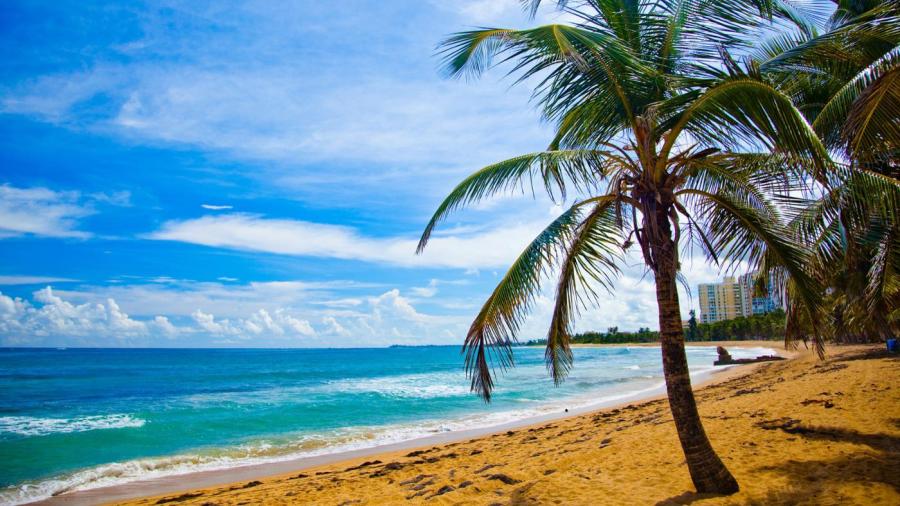How Were the Caribbean Islands Formed?

The Caribbean islands were formed by the collision of two tectonic plates. One plate is slipping beneath the other, which results in land being pushed up through the water. There was also volcanic activity from the collision that helped form the islands.
Material pushed up through the ocean by volcanic, seismic and tectonic activity created the basic Caribbean islands. Over time, material built up so that it broke through the surface of the ocean to make the current physical islands. Since then, the two tectonic plates have continued to move, which created more islands within the group to form the modern Caribbean.
The shape of the islands was created by more than simple volcanic and seismic activity. The constant movement of the plates dragged the roots of the islands, the magma flows that created volcanoes and other rising material, away from their original spot. This created the arc visible today in a range of the Caribbean islands. This movement created more islands, much like the Hawaiian islands were created by moving over a lava flow, but in a unique arc shape. The details of how the Caribbean islands were created and how the arc was formed are constantly being researched, so new information regularly comes to light.





